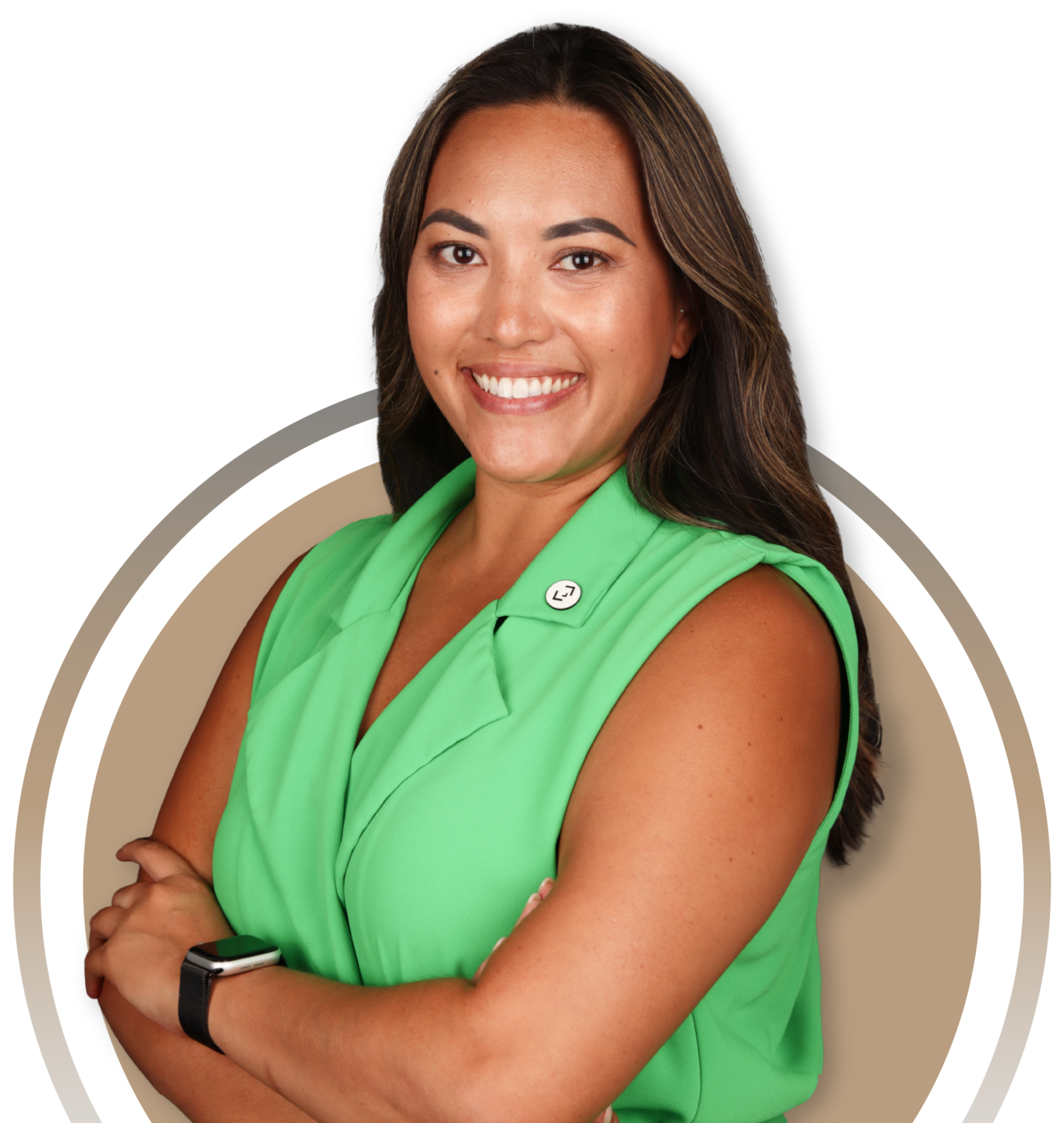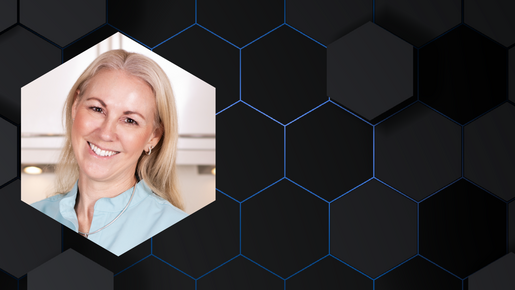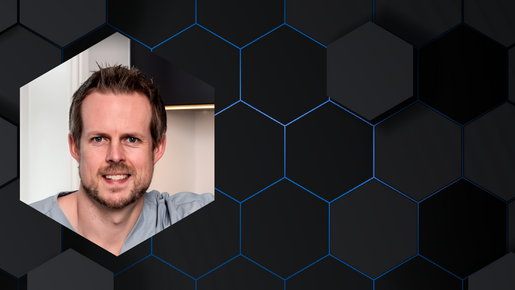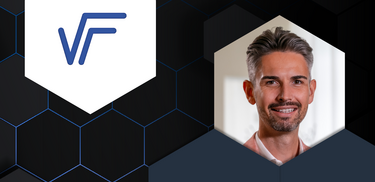
Finding digital solutions
Dr Thomas Fiege, from Brakel, Germany, came across DSD in his search for a better workflow and ways to incorporate digital technology. “For me it was not about delivering more implant cases, I wanted to learn how to do them much better,” he explains.
It was while attending his first DSD course that he realized this was the route he wanted to go. “The course organization exceeded my expectations - every time I thought it couldn’t get any better, it did,” he continues. He was also impressed by his fellow course participants, who were a few years younger than him and came from many different countries, who asked questions about esthetic techniques that he didn’t know about at their age.
“I can remember when Christian Coachman said ‘you are not doing digital dentistry when you have a scanner, you are a digital dentist when your nurse doesn’t ask if you’re going to scan a patient’. That was when I realized this was it, this totally makes sense to me,” he says.
At the time, Dr Fiege's clinic relied on analog procedures that did not integrate a comprehensive treatment approach and he strived to be more cutting edge. The clinic's engagement with patients was transactional, lacking a systematic approach that could showcase the full spectrum of dental solutions offered. Operational Obstacles: Fragmented dental procedures led to inefficiencies and a disconnect in treatment planning and execution. Fast forward to DSD implementation and becoming a certified DSD Clinic and these challenges are a thing of the past. Thomas explains that when he receives a design from the DSD Planning Center “it makes treatment planning very easy and not so time consuming.. I love it, it's the best.”
“The course organization exceeded my expectations - every time I thought it couldn’t get any better, it did.”
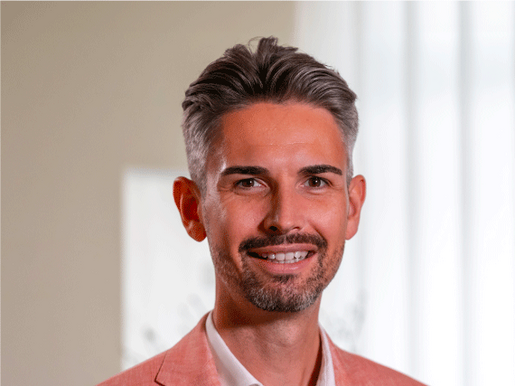
Unexpected benefits
After becoming a DSD Clinic and accessing the full suite of services of the DSD Planning Center, Thomas started to notice a number of additional benefits that he did not expect. He found the knowledge sharing and connection between other DSD Clinics from around the world to be a remarkable experience.
When he attended the DSD Clinical course in Seville, Spain, he was inspired on many levels. The course took place inside a fully operational DSD Clinic run by Dr Jesus Creagh, who shared many pearls of wisdom with Thomas during the event. “As a dentist from Germany I didn’t think I would learn how to structure my practice at a clinic in the South of Spain,” he laughs, “but Jesus was totally right about everything.” He adds that the experience was made even more enjoyable due to the social aspects of the course and getting to know other DSD Clinic owners.
Back in his clinic, there were also significant changes in the interactions with patients that started to take place. Thomas noticed that after completing a DSD second appointment, also known as the Smile Test Drive and emotional presentation, patients began to follow up with the clinic on their own accord to begin their comprehensive treatment plans.
“We realized at that point that the product itself, the treatment presentation is so different and attractive for patients, that we can let them go,” he says. “We don't mind if they get a second or a third opinion elsewhere, because we know that there is no challenge in the market, we know if they decide not to go with us that the treatment they receive will not be as good as with us and I'm totally fine with that,” he continues.
“The patients really see the difference and feel the difference. Dental treatment in Germany tends to be more serious and not about fun - you don’t have music in your clinic for example,” he explains, adding that one of the many things he implemented after the DSD course in Seville was to play music in the clinic.
This trend is evident in the clinic’s increased patient loyalty, higher case acceptance, positive reviews and higher value treatment per patient.
The digitization of patients has also become a key part in the clinic workflows. “We take a complete diagnostic approach for every patient before we plan the treatment,” he says. “In very complex cases, I'm very calm because I don't even try to figure out what I could do. I always say, okay, let's collect the data and then see. And that makes every case very simple in the end,” he continues.
While Thomas admits that clinical skills did not improve significantly as a result of DSD implementation, the quality of treatment has greatly increased thanks to integrated treatment planning at the start of cases.
“The way I work now is much more structured,” he adds, explaining how digital workflows create efficiency in the clinic’s weekly schedule. The clinic has also seen an increase in referrals for restorative cases, where previously it was limited to surgery.
“The biggest sign that we changed is that when I walk through my clinic I always have a Macbook and an iPad, otherwise I can't work,” he laughs.
“The product itself, the treatment presentation is so different and attractive for patients. They really see the difference and feel the difference.”



